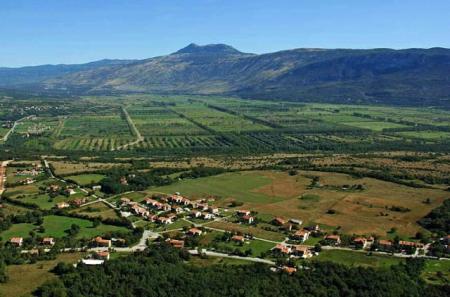
Objective:
The European Union defines, through several documents, the cultivation and collection of mushrooms and truffles as the primary product in agriculture. There are a number of measures in place in Croatia to encourage primary agricultural production, but truffle farming is not one of them. In order to offer the rural parts of Croatia new economic activity, which can be extremely profitable, it is necessary to draw up a plan for the implementation of the European Directive and to adapt the relevant laws on the basis of professional and scientific research.
Context:
The Rural Development Program of the Republic of Croatia defines a number of measures that can be used to stimulate agriculture and forestry and is funded by the European Agricultural Fund for Rural Development. Incentives can generate up to 100% of investment financing. Although mushroom and truffle production is defined within the Statistical Classification of Economic Activities of the European Community (NACE, Eurostat) as primary agricultural production, the incentives for truffle plantations establishment is not foreseen in the Rural Development Program of the Republic of Croatia.
Contacts:
Anton Brenko, antonb@sumins.hr, https://www.sumins.hr/djelatnici/anton-brenko/?lang=en
Further information:
https://eur-lex.europa.eu/legal-content/EN/TXT/HTML/?uri=CELEX:32002R0178&qid=1586946046527&from=EN
https://ec.europa.eu/eurostat/documents/3859598/5902521/KS-RA-07-015-EN.PDF